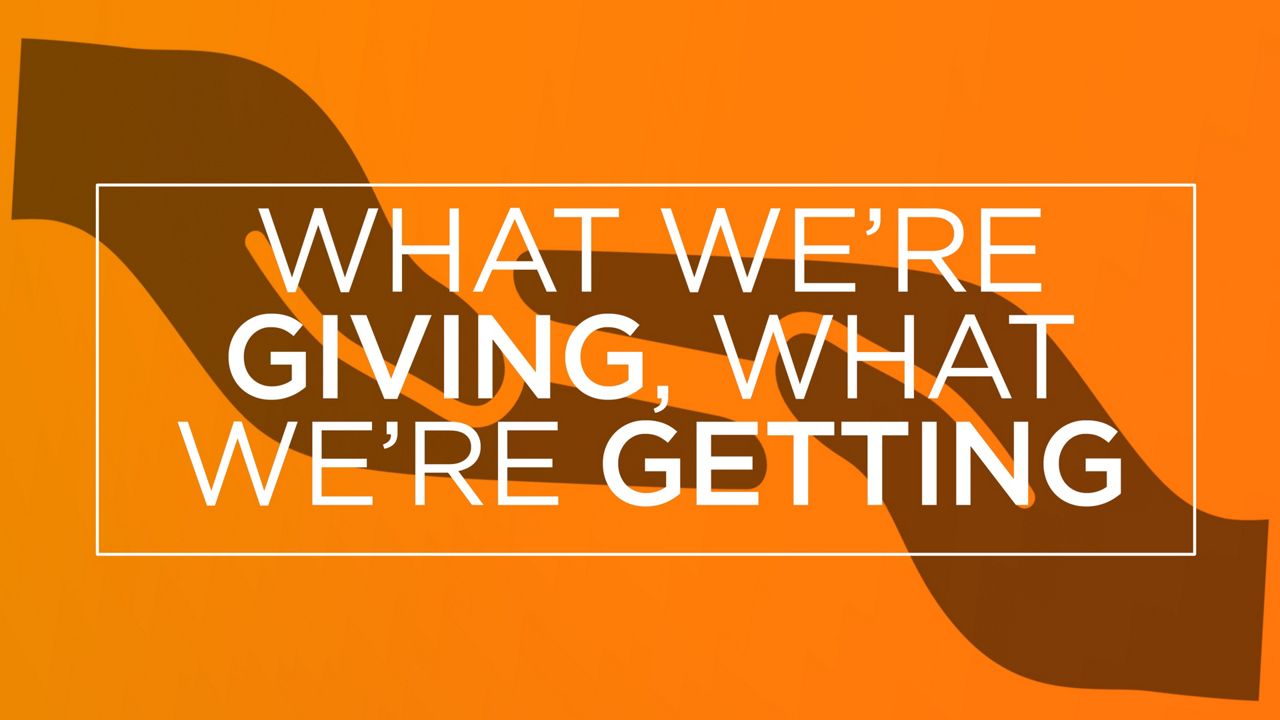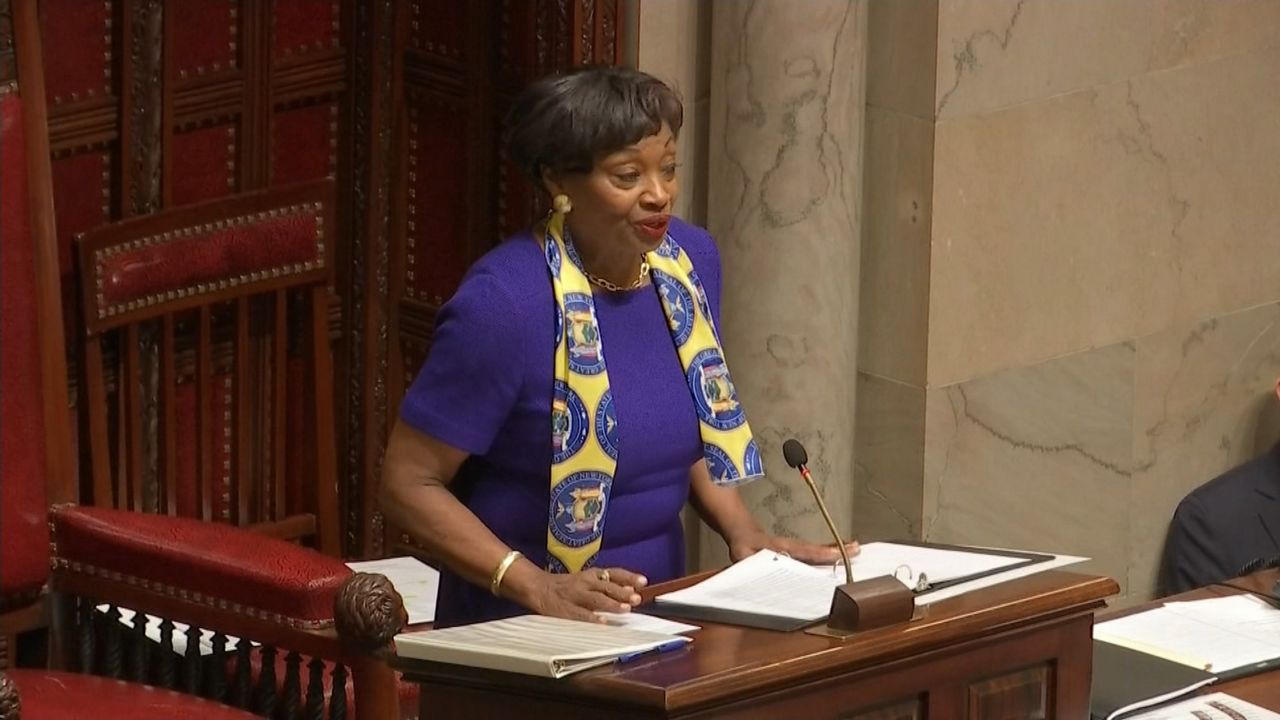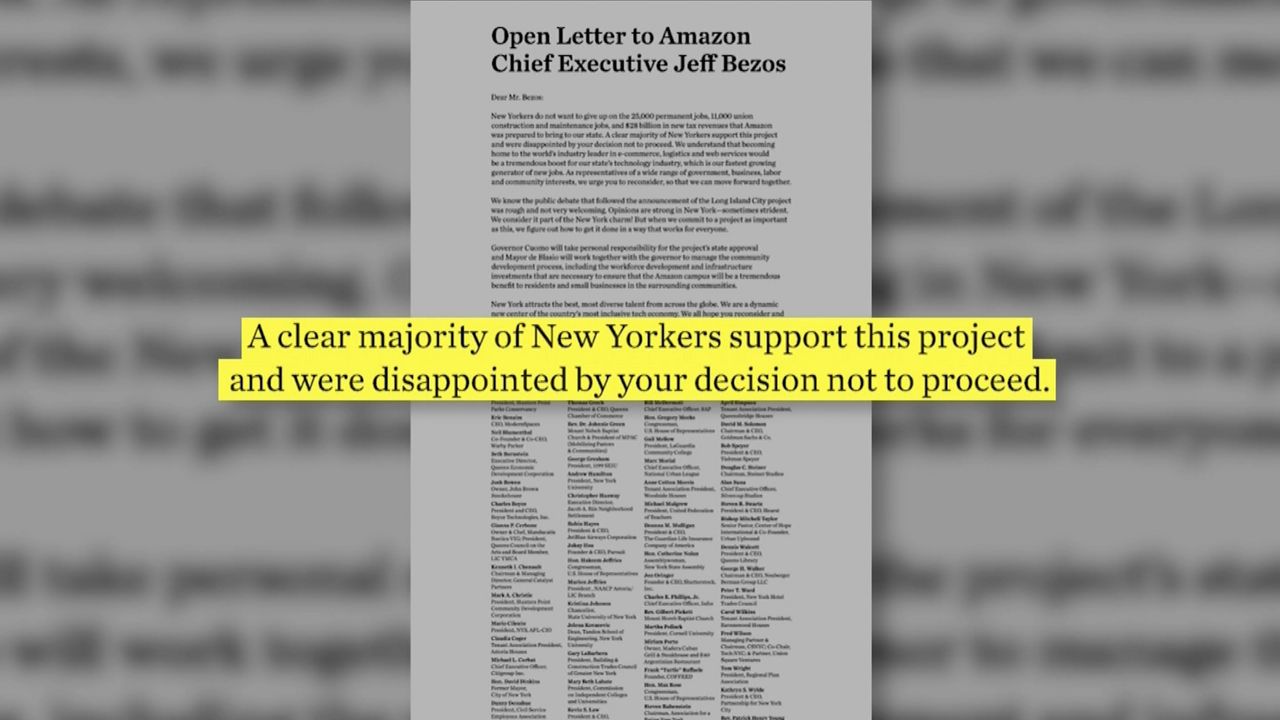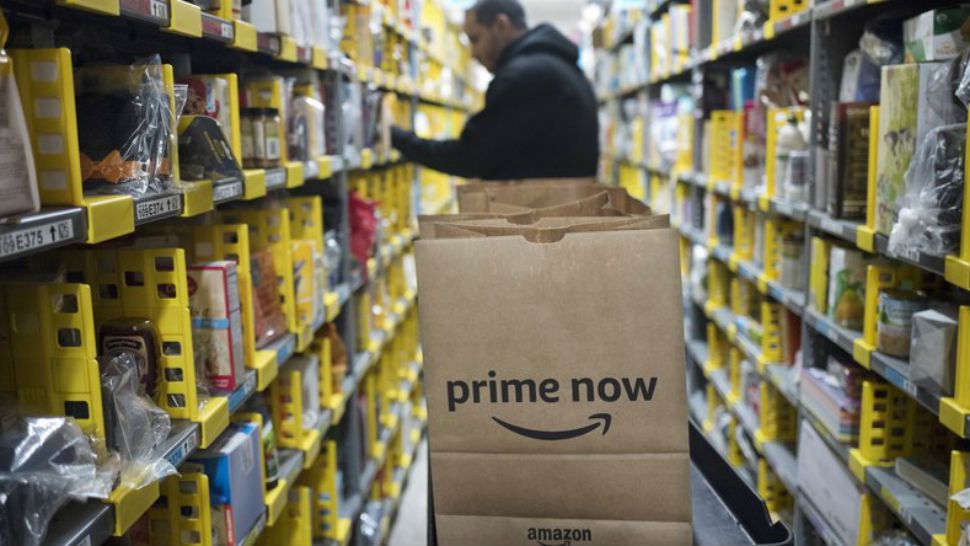It took Seattle-based Amazon about a year to make a decision about where it would build a new headquarters outside its home city. Initially, 238 cities and regions submitted bids to lure the online retailer, each with promises of bonuses like tax breaks as part of their pitch. In return, the areas were promised a $5 billion investment in their communities and 50,000 new, high-paying jobs for what was dubbed "HQ2."
Eventually, Amazon narrowed the list of 238 possible locations to 20 finalists. As expected, New York, with its access to a huge pool of tech talent, was one of the cities on the short list. Rumors began to swirl that the city’s bid would be the winner in the end.
In November, Amazon made the official announcement. New York was a winner, but there was a twist. Instead of one HQ2, the development would be split in two. Arlington, Virginia would share the distinction with Long Island City, Queens. The company said by choosing two locations, it would have access to an even larger talent pool.
The decision came with much fanfare – and plenty of questions. In order to attract HQ2, what exactly was New York giving to one of the largest corporations in the world? And what was it getting in return?
WHAT THE CITY AND THE STATE ARE GIVING AMAZON
To attract Amazon, the city and state are giving the company a combined $3 billion in tax breaks. This has been one of the major complaints by opponents of the project who feel it amounts to a corporate handout.
Here’s how that $3 billion breaks down. In its HQ2 announcement, Amazon said it would receive performance-based direct incentives of $1.525 billion from New York State provided the company creates 25,000 jobs in Long Island City. If Amazon brings 40,000 jobs to Long Island City within 15 years, those incentives will increase to just over $1.7 billion. The city is set to provide $1.3 billion in incentives on top of the state tax breaks.
That $3 billion total could go even higher. The area of Queens where Amazon will build its headquarters complex is designated a so-called "opportunity zone" under the federal Tax Cuts and Jobs Act passed by Congress and signed into law by President Donald Trump in 2018. That means the company would be allowed to avoid taxes on any capital gains (sales of stock or property, etc.) invested back into the community.
WHAT NY IS GETTING FROM AMAZON IN RETURN
Proponents of the project, including Governor Andrew Cuomo and Mayor Bill de Blasio, say for every $1 Amazon receives in incentives, the city and state will receive $9 in return.
"The total state and city revenue that will be produced is estimated at $27.5 billion," said Cuomo at the November news conference announcing the deal. "The revenue-to-incentive ratio is 9-to-1 – that is the highest rate of return for an economic incentive program that the state has ever offered."
How does the state arrive at the $27.5 billion number? It's based on the assumption that the company actually hires 25,000 workers over the next 10 years and up to 40,000 over the next 25 years. The average salary is expected to be $150,000 at Long Island City's HQ2. So, that's a lot of taxpayers paying a lot in income and sales taxes to the city and state. The project is also expected to create 1,300 construction jobs along with several thousand indirect jobs. After all, those Amazon employees will need somewhere to grab coffee, eat lunch and shop.
In addition, Amazon will donate space on its campus for a tech startup incubator and for use by artists and industrial businesses. The company will also donate a site for a new public school for either elementary or middle grades. In its announcement, Amazon said it will also invest in infrastructure improvements and new green spaces. All told, that's expected to add up to a $2.5 billion direct investment from the company.
Still, there are plenty of concerns. Critics of the project, including City Council Member Jimmy Van Bramer, say the overtaxed subway system can't handle thousands of extra riders every day. It's unclear whether any of Amazon's infrastructure investment would go toward improving transit in the neighborhood.








